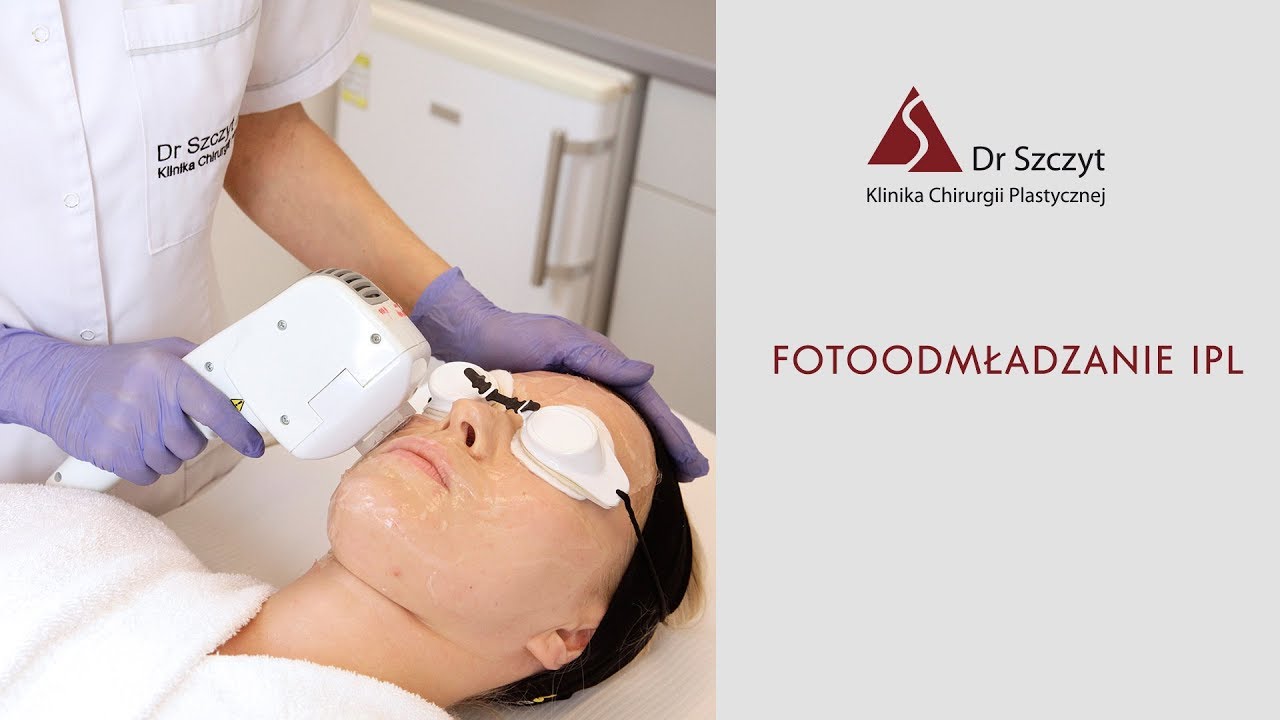How do you take care of your skin after 40 to keep it looking young?

After the age of forty, the skin undergoes a number of changes that are the result of both the natural aging process and the hormonal fluctuations associated with perimenopause. During this time, the production of collagen, elastin and hyaluronic acid - substances responsible for firmness, elasticity and hydration of the skin - decreases significantly. The skin becomes thinner, less taut, and wrinkles and furrows become more visible. In order to maintain a youthful appearance for as long as possible, it is worth focusing on proper care that supports the skin's regenerative processes and considering modern aesthetic medicine treatments.
Basic rules of skin care after 40
- Adequate hydration
Skin after 40 needs more intensive hydration than before. As it ages, it loses its ability to retain water, making it dry and dull. Choose creams with a rich texture, containing hyaluronic acid, glycerin and ceramides, which will help rebuild the skin's hydrolipidic layer.
- UV protection
Sunlight is one of the main factors accelerating skin aging. Be sure to use cosmetics with high SPF all year round, not just in the summer. Protection from UV rays prevents discoloration and loss of skin firmness.
- Use of active anti-aging ingredients
After the age of 40, the skin needs ingredients to support the production of collagen and elastin. It is worth reaching for cosmetics with peptides, vitamin C, retinoids and AHA and PHA acids, which accelerate skin regeneration, smooth wrinkles and improve skin tone.
Read also: Skin care mistakes that make your skin age faster
- Regular exfoliation of the epidermis
Exfoliation helps remove dead skin cells and also promotes the skin's regenerative processes. Cosmetics containing fruit acids (AHAs), such as glycolic acid or lactic acid, help remove dead cells, making the skin smoother, more radiant and better able to absorb nutrients from creams.
- Nourishing the skin
It is important that the diet is rich in antioxidants, vitamins A, C and E, and healthy fats that promote skin regeneration from within. Regular consumption of oily fish, nuts, vegetables and fruits will help keep the skin in good condition.
Aesthetic medicine treatments - effective help for skin after 40
In addition to daily skin care, more and more people over 40 are opting for aesthetic medicine treatments that effectively support the skin's regenerative processes and help fight the visible signs of aging. Two of the most popular treatments are wrinkle filling and Botox.
- Filling in wrinkles
Over time, the skin loses volume and elasticity, and wrinkles become deeper, especially around the eyes, mouth and forehead. Wrinkle filling, such as hyaluronic acid, is one of the most effective ways to improve skin firmness and fill in deep wrinkles. Hyaluronic acid hydrates the skin from within, restoring volume and smoothing wrinkles. The treatment is minimally invasive, safe and produces immediate results.
- Botox
Botox is a procedure that involves injecting botulinum toxin into selected areas of the face. It helps smooth out facial wrinkles, such as crow's feet and furrows between the eyebrows. Botox works by temporarily blocking nerve impulses to the muscles, causing them to relax. The effects are visible after a few days and last for several months.
Skin care after the age of 40 requires special attention, as hormonal changes and the skin's natural aging process become more apparent. It is important during this period to ensure adequate hydration, protection from UV radiation and the use of active ingredients that promote collagen and elastin production. Care should also include regular exfoliation of the epidermis and the introduction of appropriate ingredients into the diet that promote skin regeneration from within.
FAQ
1. from what age should aesthetic medicine treatments be used?
Aesthetic medicine procedures, such as wrinkle filling and Botox, are popular among people over 40. However, the decision to perform them depends on individual needs and skin condition. It is advisable to consult a dermatologist or aesthetic medicine specialist, who will help select the appropriate treatments depending on the condition of the skin.
2 What are the effects of Botox?
Botox smooths facial wrinkles and improves the appearance of the skin, especially around the eyes, forehead and between the eyebrows. The effects are visible after a few days and last from 3 to 6 months. The procedure is safe and side effects are rare, but always choose an experienced specialist.
3. can fillers restore a younger appearance?
Yes, fillers, such as hyaluronic acid, help restore skin volume, smooth wrinkles and improve skin elasticity. The treatment can significantly improve the appearance of the skin, giving it a younger, more rested look.
4. how often do you need to repeat aesthetic medicine treatments?
Treatments such as Botox and wrinkle fillers need to be repeated every few months, depending on individual needs and results. Botox usually lasts for 3-6 months, while the effects of fillers can be seen for about 6-12 months.
5. are aesthetic medicine procedures painful?
Most aesthetic medicine procedures, including Botox and wrinkle fillers, are performed using fine needles to minimize pain. In the case of fillers, anesthetics are also used to make the procedure comfortable. In the case of Botox, pain is usually minimal and short-lived.
6. how to take care of the skin after aesthetic medicine procedures?
After aesthetic medicine procedures, it is important to avoid sun exposure, intense exercise and facial massage for several days. It is also important to follow the recommendations of the specialist to ensure that the skin recovers properly and achieves the best results.
















